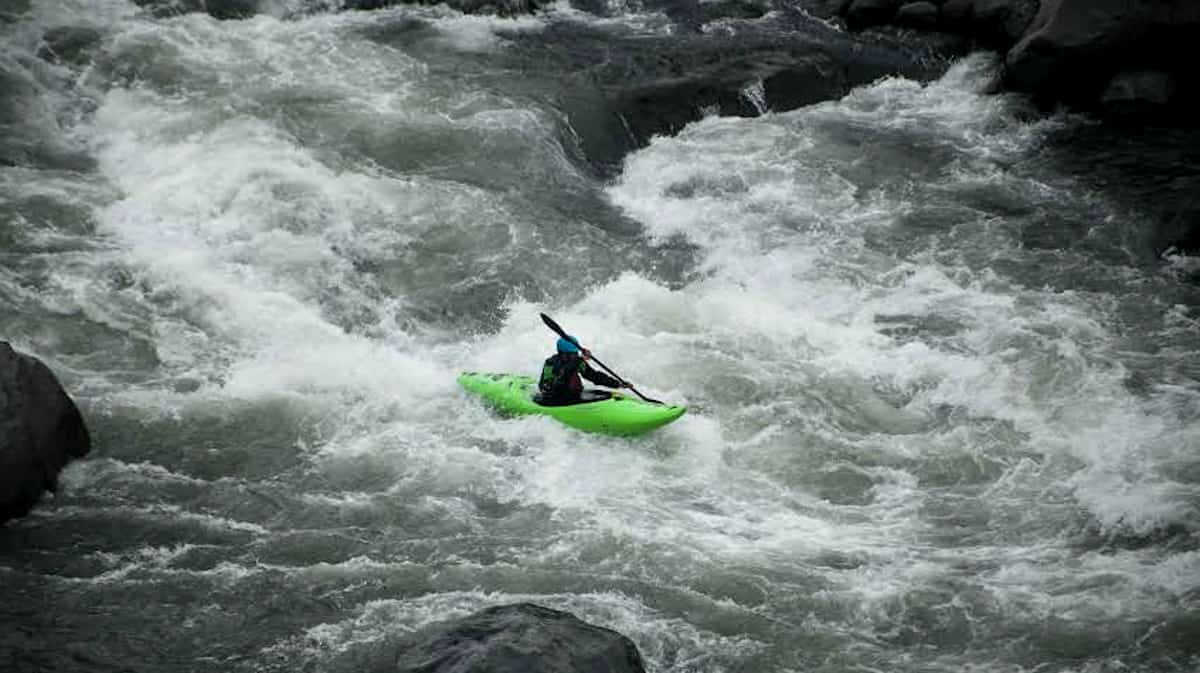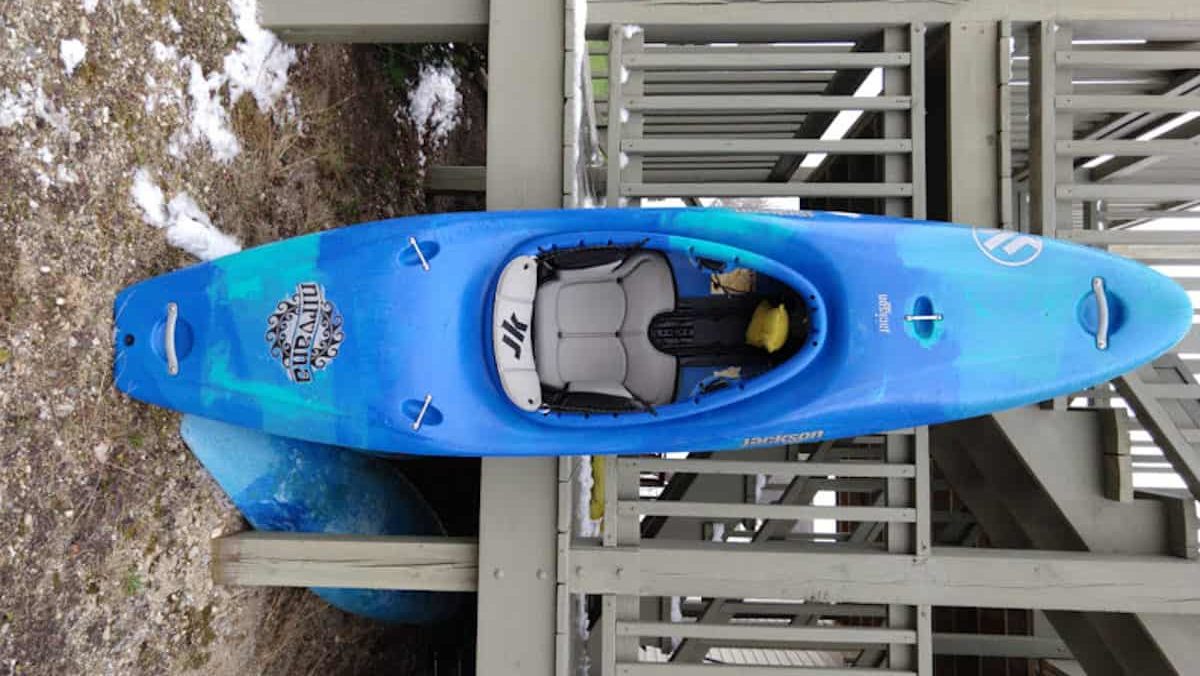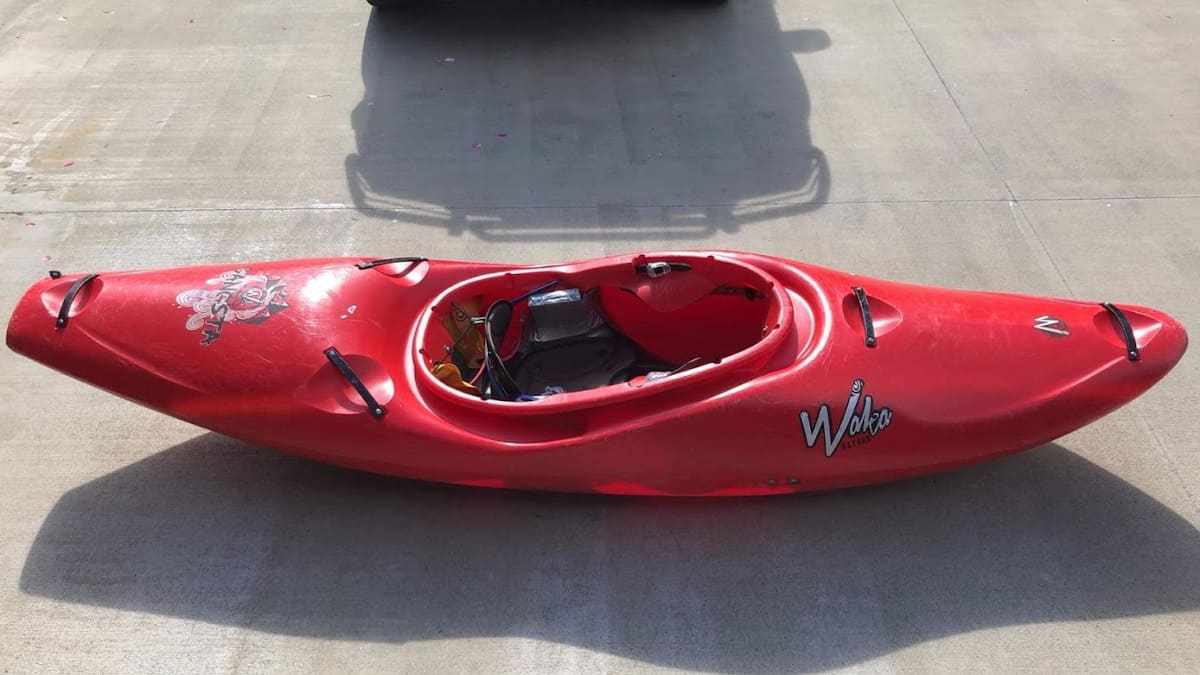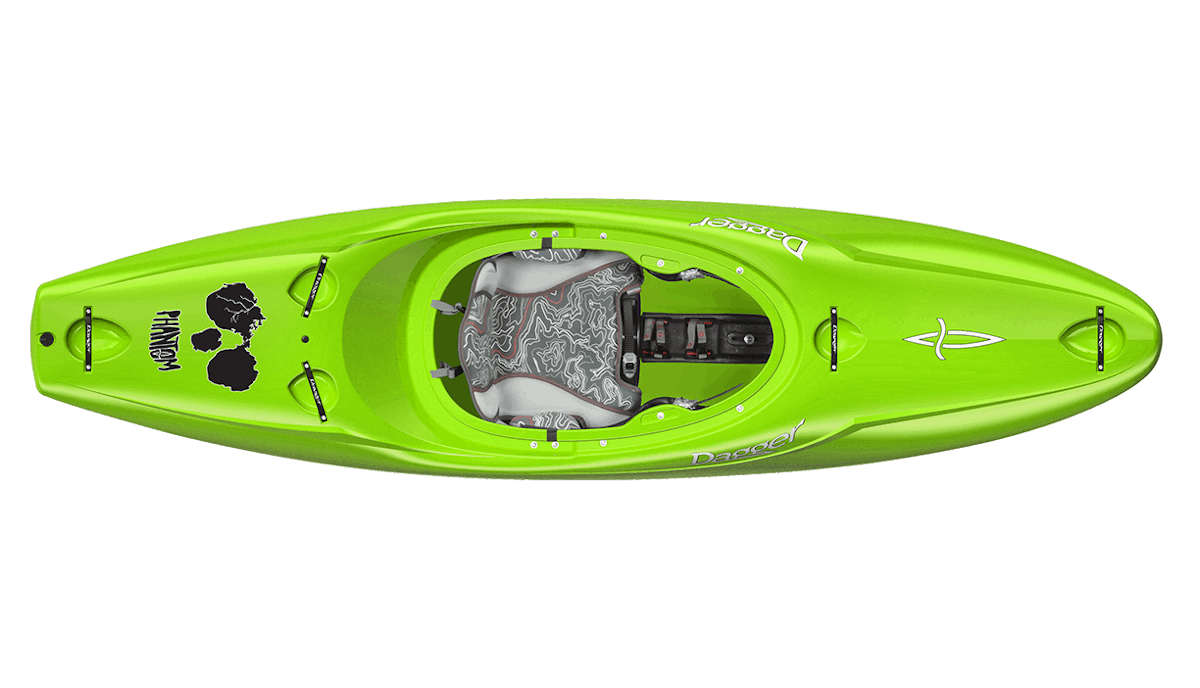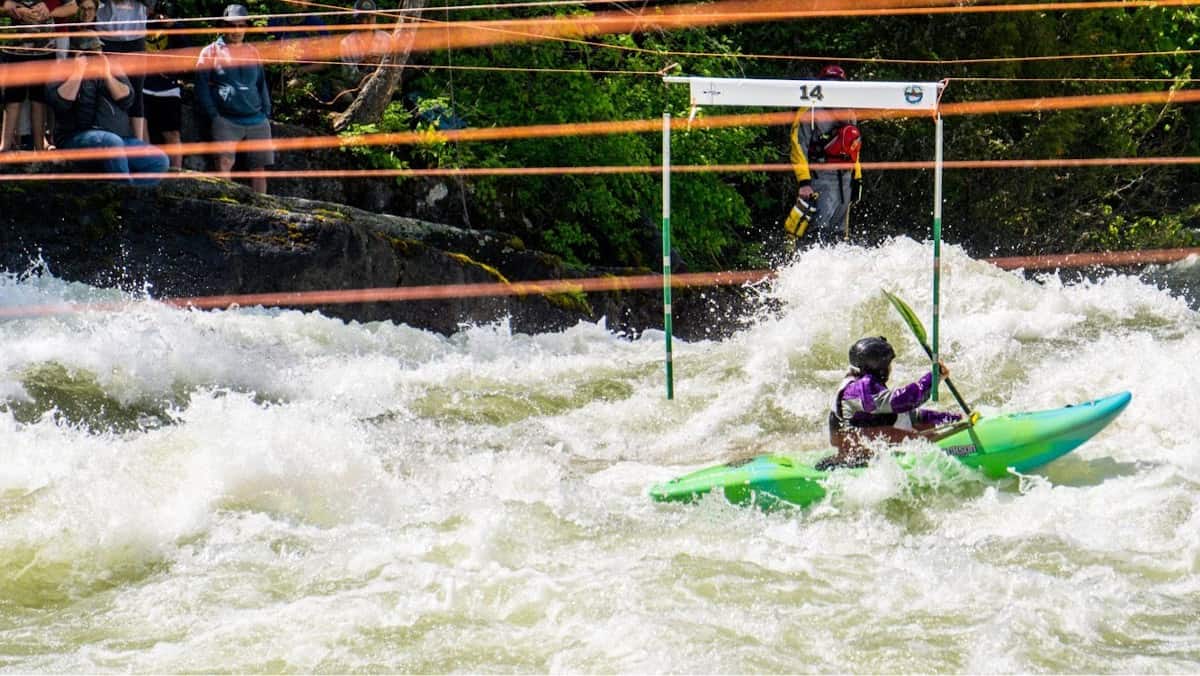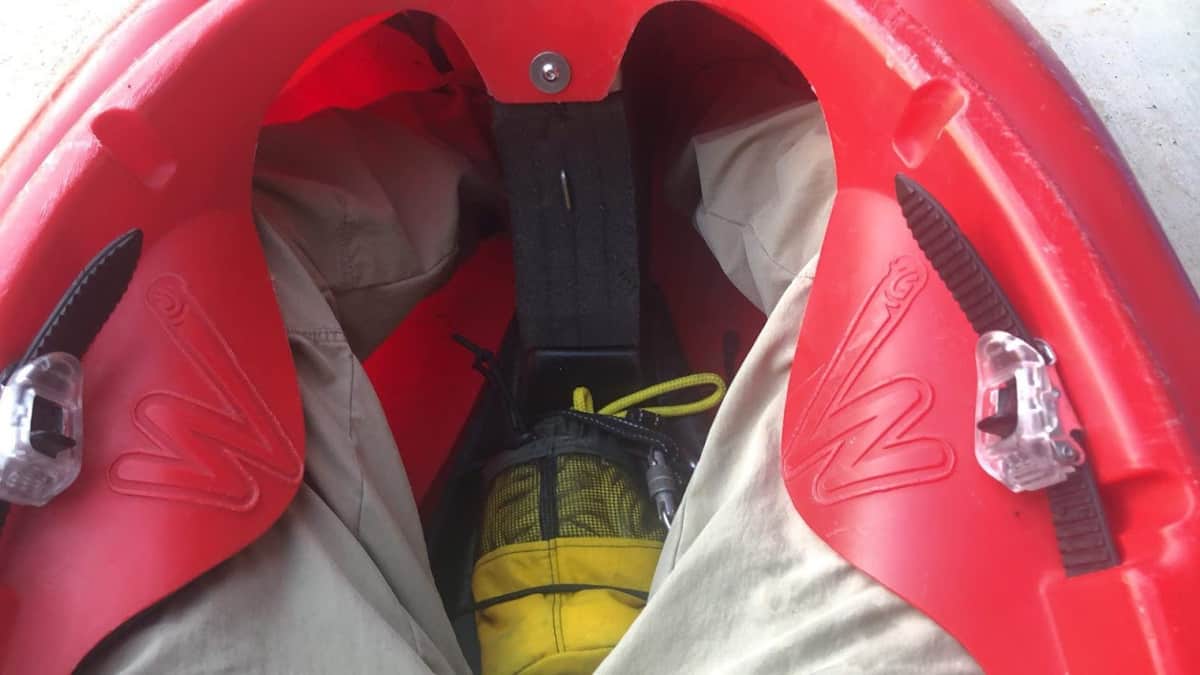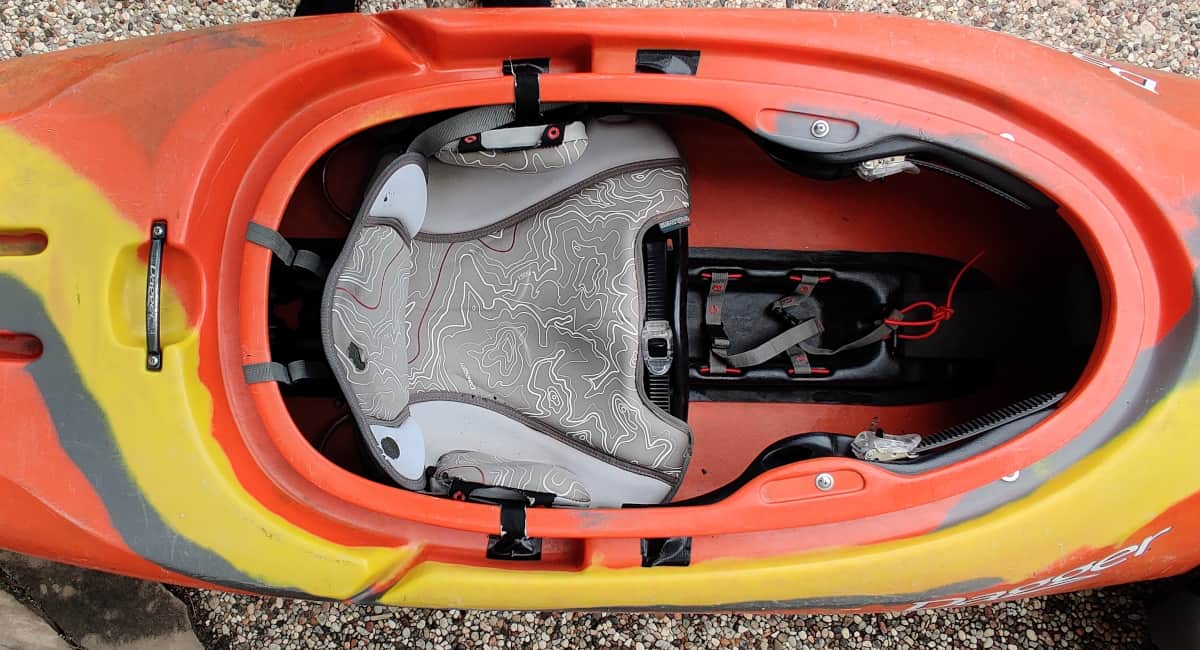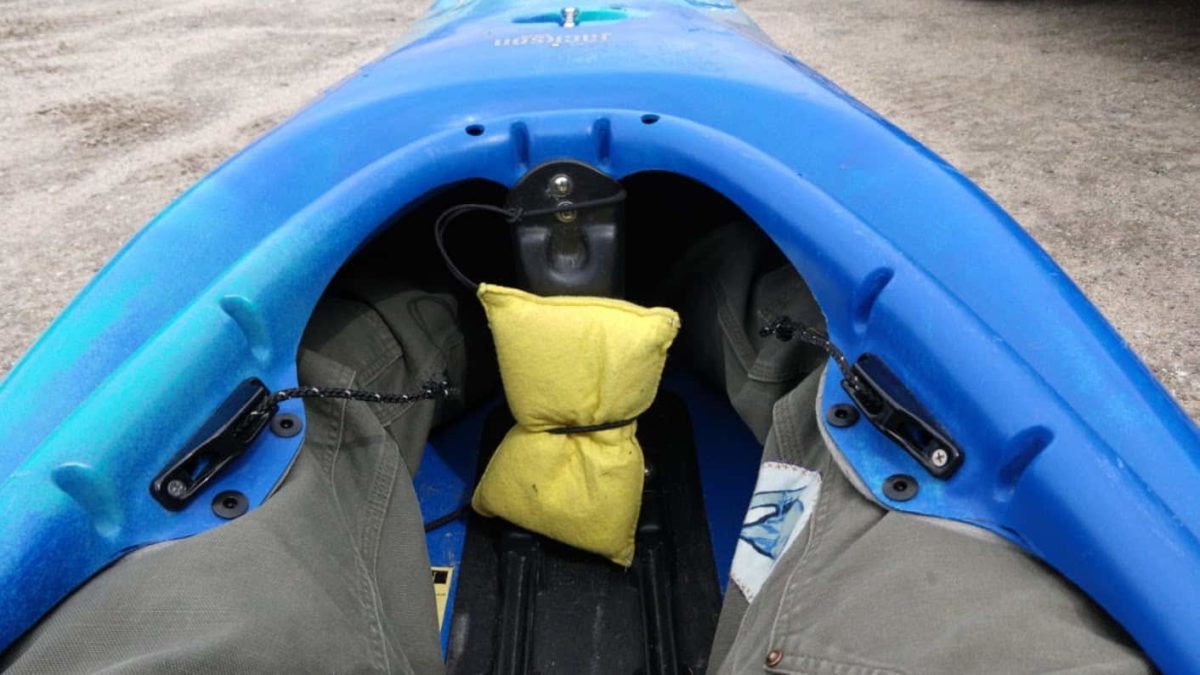Whitewater Kayak Comparison: Waka Gangsta, Dagger Phantom, Jackson Nirvana
The short boat (or under 9 ft.) kayak racing category has increased the number of high performance boats available on the market. All the different high performance kayaks available make it overwhelming to try and choose one. With the non-racing majority of us in mind, this is a whitewater kayak comparison between three of the popular racing boats: The Waka Gangsta, Dagger Phantom, and Jackson Nirvana. I have paddled and been exposed to all three under varying conditions as a safety kayaker and raft guide. This will be an unbiased and unaffiliated look to help you choose between these fast boats.
A racing kayak needs to have speed as well as be capable of safely running the most difficult whitewater. Incidentally, this combination of speed, maneuverability and size makes them versatile and enjoyable boats to paddle. They are fun and sporty on easier runs; while their performance-oriented designs build confidence and help paddlers tackle harder rapids. In addition, relatively high volume and length makes overnight trips possible. This combination means that a race boat can be the most used (or only) kayak in your fleet.
Dimensions and Weight
This whitewater kayak comparison begins with size, you cannot evaluate a shoe that does not fit. The chart below compares the dimensions of the three kayaks as well as the recommended paddler weights. Being in the middle of the weight range means the boat will perform as intended. Paddlers on the higher side may find a squirrelly ride and on the lower side may find it difficult to maneuver. The actual weight of the kayak falls into this category, because depending on your usage (lots of hike ins?) it can help you narrow down your decision.
| Gangsta | Phantom | Nirvana (M) | Nirvana (L) | |
|---|---|---|---|---|
| Length | 8'11.8" (274 cm) | 8'11" (271 cm) | 8'11.5" (273 cm) | 9'4" (284 cm) |
| Volume | 95.1 Gallons (360 L) | 89 Gallons (337 L) | 86 Gallons (325 L) | 97 Gallons (367 L) |
| Width | 26.77" (68 cm) | 26.76" (68 cm) | 26.5" (67 cm) | 27.5" (69 cm) |
| Weight | 48.50 lbs (22 kg) | 49.5 lbs (22.5 kg) | 44.5 lbs (20 kg) | 51 lbs (23 kg) |
| Paddler Weight | 154-264 lbs (70-120 kg) | 145-255 lbs (66-116 kg) | Capacity 210 lbs (95 kg) | Capacity 270 lbs (122 kg) |
In this category, the Nirvana really stands out. The medium comes in at a noticeable 5 lbs. lighter than the Phantom, the heaviest of the three. This weight difference is noticeable both on and off the water. Whether carrying in to remote reaches or paddling long days, you will feel the difference. In addition, the Nirvana provides the most extensive weight range because Jackson offers two sizes. The Large (while over 9 ft.) is an excellent choice for paddlers wanting a boat designed for their size. All three boats can be overnight boats but plan accordingly as the smaller Nirvana will reach weight capacity fastest.
Plastic and Warranty
An important consideration for this whitewater kayak comparison is durability, determined by the plastic and warranty of each boat. My assessment on plastic quality comes from personal observation of common failures. I admit this is not as good as a side-by-side impact test, but so far I have not found friends willing to let me impale their brand new kayaks.
The Gangsta is lighter than the Phantom by a pound, but the plastic is more fragile than that difference would imply. I have seen Wakas crack on the bow and stern, but more concerning are the prevalence of cracks where the bolts attach to the seat. I recently spent 7 months in Chile, where far and above the most sought after boats are Wakas. Yet even the most fanatic Waka owners acknowledged that the plastic often lasted less than a year of heavy usage. Unfortunately, Waka offers a warranty to match this, only covering one year from date of purchase.
I have owned a Phantom for 2 years and paddled it approximately 1k miles. The boat handles impacts well and the plastic lasts. Other users report similar experiences, and I think this is partly due to its thick plastic. The warranty also brings peace of mind: 5 years from the date of purchase.
The Nirvana (along with other Jackson boats) is light and durable because they use crosslinked plastic. The one caveat here is that the melting window (from when it is pliable to when it will burn) of crosslinked plastic is very small. This makes it challenging to successfully weld. Jackson has a similar 5-year warranty to the Dagger boats.
I will not split hairs over Jackson vs. Dagger durability, but Dagger’s is easier to weld because it is not cross-linked. The Gangsta falls behind due to its weaker plastic and a measly 1-year warranty.
Ease of Handling
This category is based on my personal feeling driving the boats on assorted rivers throughout North and South America. While you can read this whitewater kayak comparison, my recommendation is to try them out yourself and see what you like. All three boats are fast and remarkably easy to turn considering their length.
I found the Gangsta easiest to maneuver of the three. The first time I sat in the boat I felt like I had been paddling it for years. The Nirvana and the Phantom are similarly maneuverable, but the weight difference means less fatigue in the Nirvana. All three boats are marketed as forgiving yet fast, and all live up to that expectation. The differences between the boats are subtle and best understood by taking them out for a whirl.
Outfitting
Outfitting should be self-customized to ensure a snug fit and optimal performance. Rarely does the stock outfitting do enough to provide that optimal fit. That being said, all three boats have easily adjustable backbands and bulkheads. They also sport similar safety features (grab loops and foam pillars for pin safety). The differences I describe below are strongly influenced by paddler geometry. I highly recommend spending some time sitting in these boats and playing with foam before choosing one over the other.
The Gangstas thigh hooks provide an increased sense of control over the boat. They are cherished by most, but a few paddlers find them uncomfortable.
The leg lifter is a unique component of the Phantom's outfitting. It is an adjustable ratchet on the seat between ones legs that raises them into the thigh braces. This provides control without encountering fatigue by constant leg lifting. I love this component and wish I could transfer it to all my kayaks.
The largest seating difference between the three is the knee positioning. The Phantom and the Gangsta have deeper cockpits and thus the knee is more upright. The flatter Jackson cockpit design means the knees are flattened out.
My general impression is that the Phantom comes with the most comfortable stock outfitting and the Waka has the nicest thigh braces. The Jackson has the plainest stock outfitting of the three but they offer plenty of aftermarket options to spruce it up.
Conclusions
Hopefully this whitewater kayak comparison shows how racing boats can fill a variety of niches beyond their intended design. At 170 lbs and 5’ 10” my last boat was a Phantom, but now I am looking for a Nirvana. Assuming you fall in the middle of the weight range and you want an overnighter you can still race in, consider the Phantom or Gangsta. On the other hand, if you are on the larger side and do not plan on racing, consider the Nirvana L. Those on the lighter side should consider the Nirvana M and its good warranty. The Gangsta is the easiest to drive, but for some (like the author) the plastic is a turn-off. The Phantom offers the most as far as durability, warranty, and comfort, but pays for these bonuses with extra weight.
The good news is that each boat is well designed and enjoyable to paddle, meaning that you cannot really go wrong.
